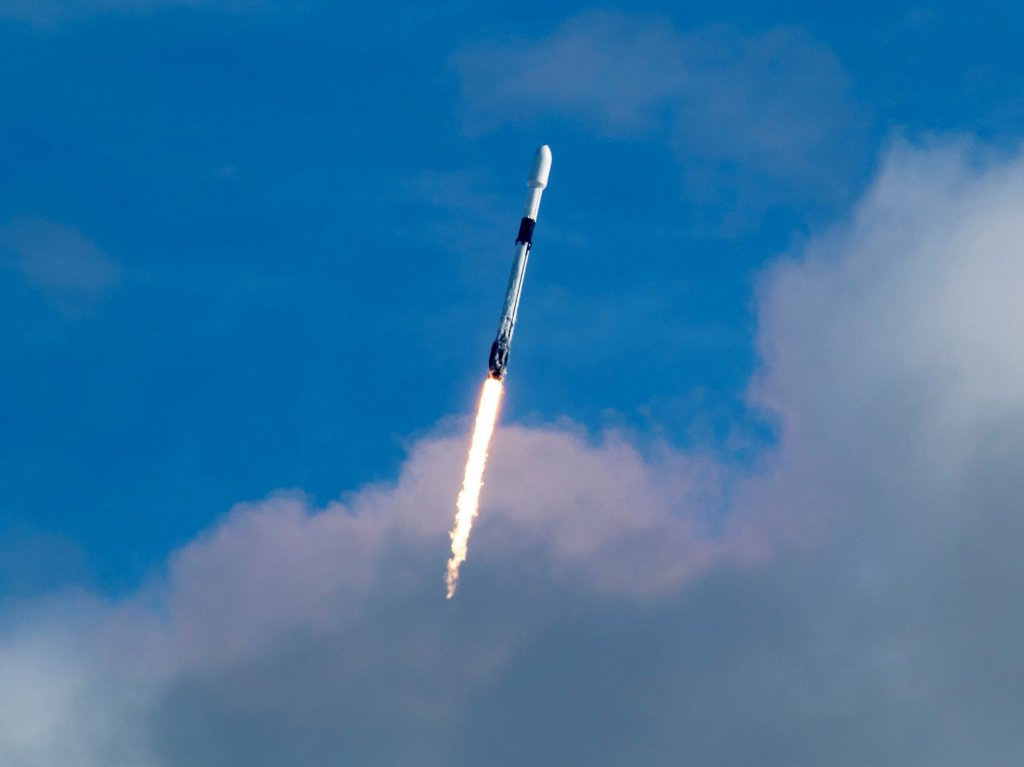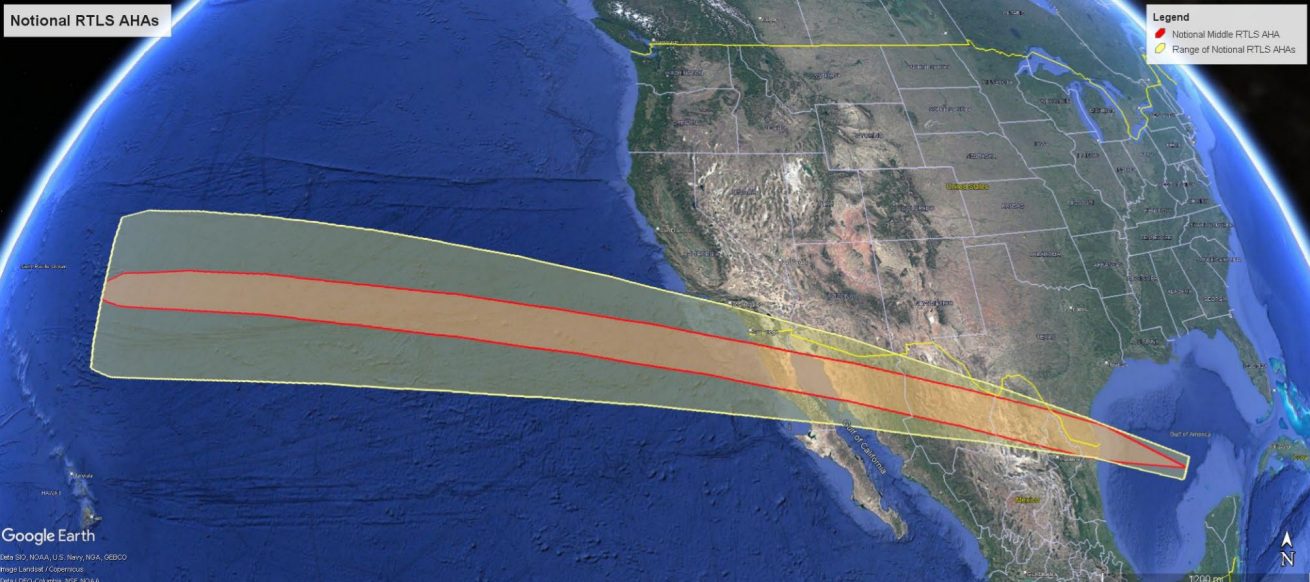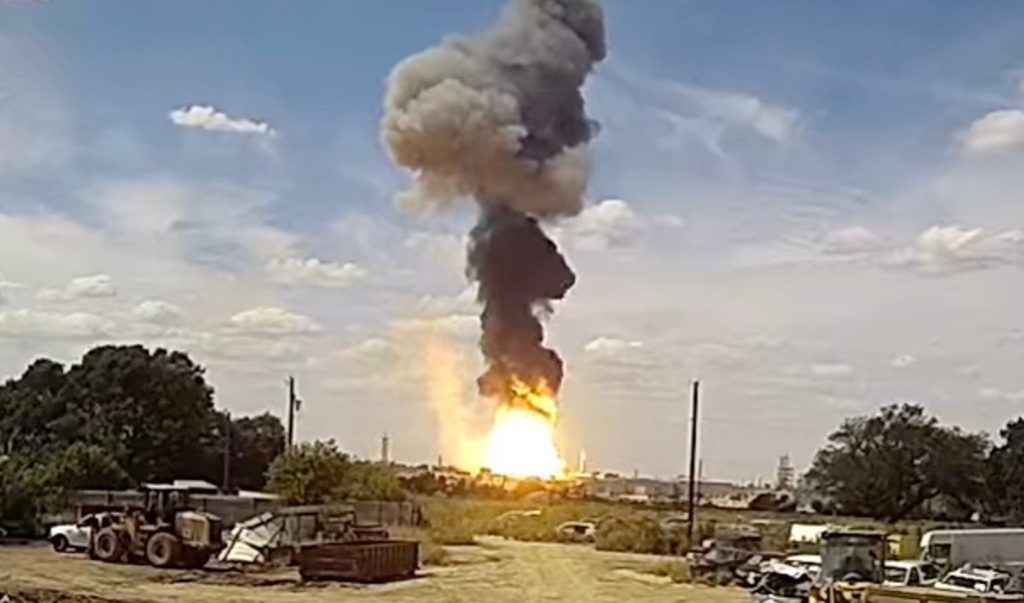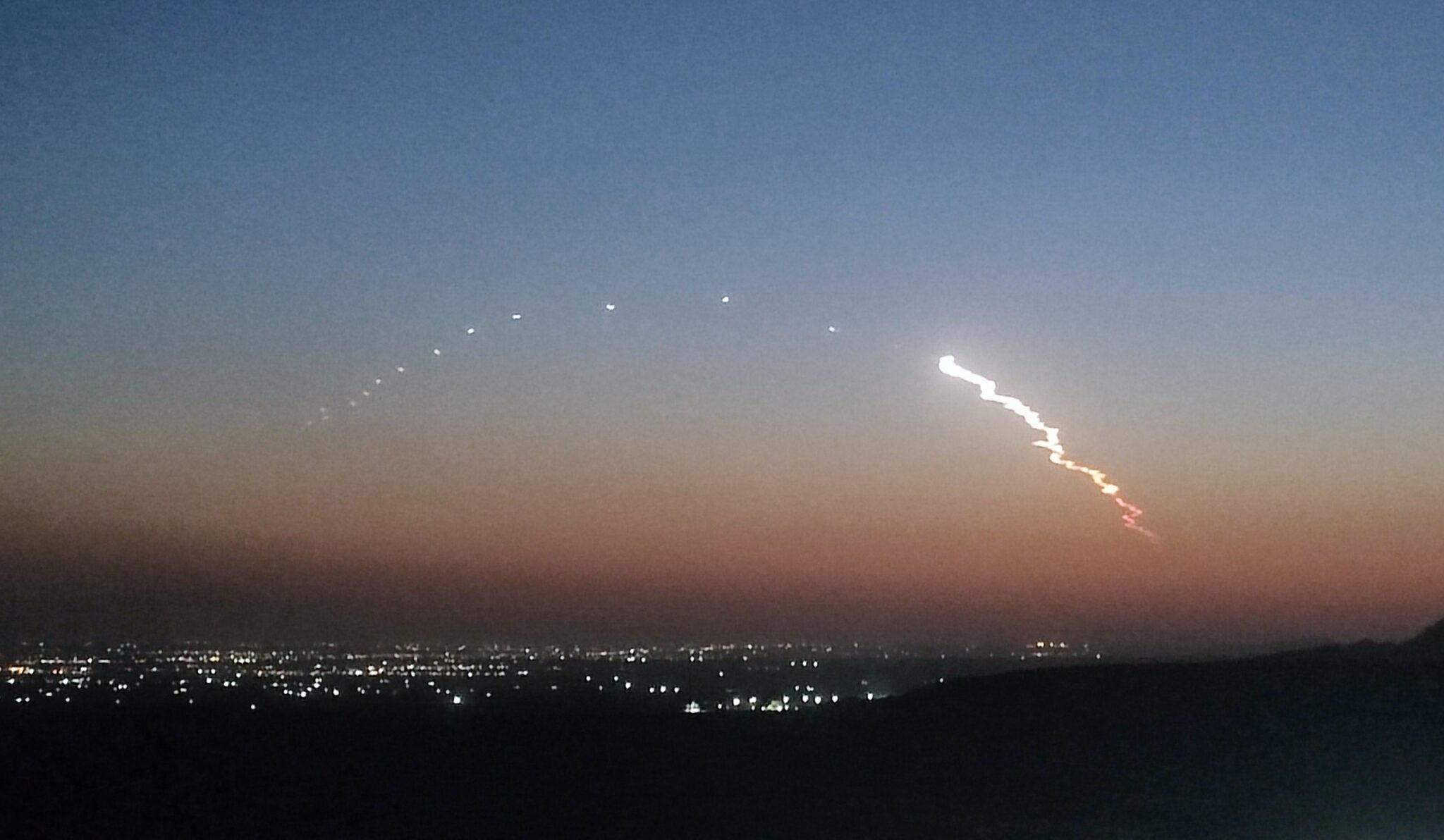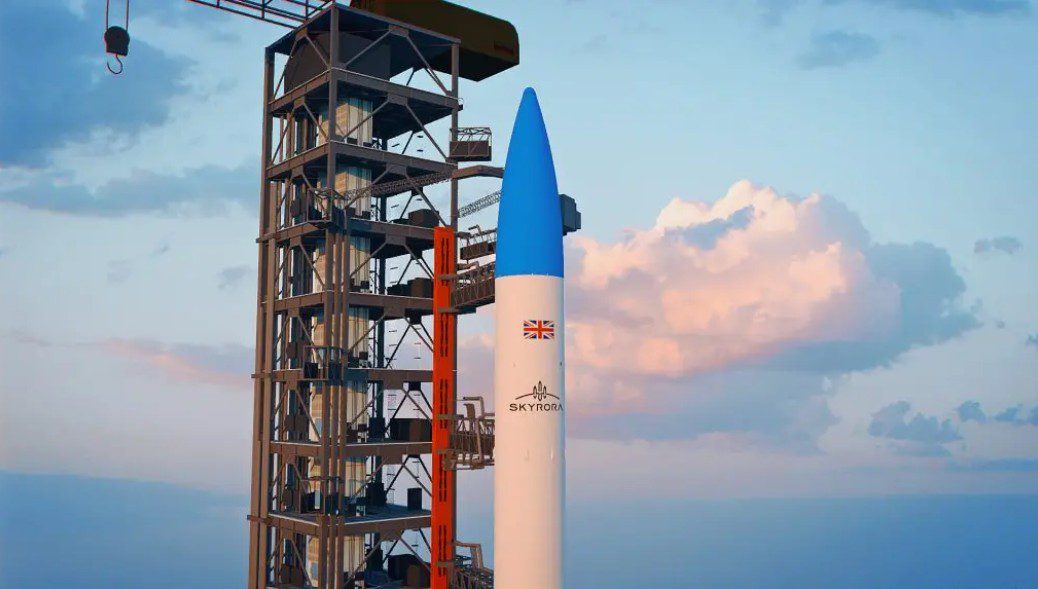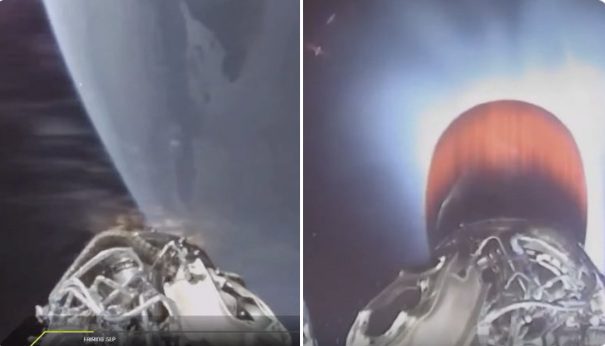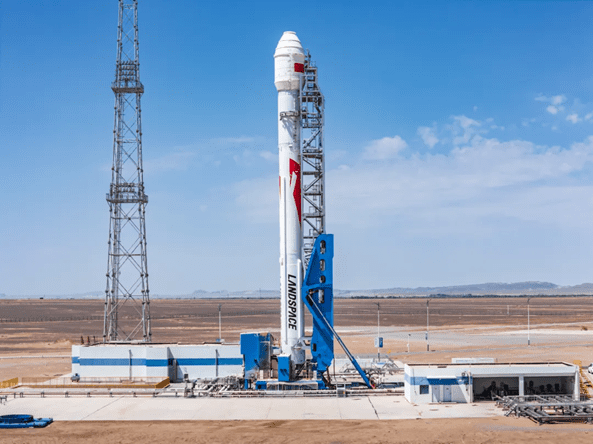Space and satellite tracking analysts (including those at Seradata) were reeling at their increased workload as a total of 143 mainly “CubeSat” class satellites were launched by a Falcon 9 vehicle on SpaceX’s Transporter-1 launch.
Lift-off took place at 1500 GMT on 24 January 2021 from Cape Canaveral air station in Florida. This was instead of Vandenberg, California, the usual launch site for such near-polar launches. The reason is that the southward-heading launch trajectory takes it over Cuba, as happened on a similar near-polar Falcon 9 flight last year. The launch successfully delivered its 143-satellite payload for 24 different clients, to a near-polar 538 x 532 km, Sun-synchronous, low Earth orbit inclined at 97.5 degrees.
The B1051 reusable first stage, on its fifth flight, landed down range on the drone barge called “Of Course I Still Love You”. The two reusable fairing halves were also reportedly recovered – although it has yet to be confirmed whether these were fished out of the sea or whether they were captured in-flight by the nets of the catcher ships.
After a second burn of the Falcon 9 upper stage, the correct orbit was achieved and the rocket’s various dispensers delivered 110 satellites. Two of these were carrier satellites, the Sherpa-FX and the ION-SVC spacecraft, which themselves carried another 33 satellites.
The payload included 48 “SuperDove” remote sensing CubeSats of the Flock series for its Planet operator. Also aboard were 36 SpaceBee Internet of Things (IoT) data relay satellites for Swarm Technologies. Ten were Starlink satellites using the older v0.9 bus, but with laser inter-satellite link payloads. Eight Kepler GEN 1 CubeSats were carried for Kepler Communications for machine-to-machine IoT communications. Eight Lemur-2 CubeSats for satellite tracking of aircraft and ships, as well as atmospheric data collection, were carried for Spire Global.
Two Radar satellites Capella 03 and 04 were carried for Capella Space, as were two ICEYE satellites plus the ICEYE-built XR-1 (SAR) radar sat for Orbital Effects.
Also aboard were three ARCE experimental communications satellites for the University of Southern Florida, a Turkish technology test satellite called ASELSAT, five AstroCast communications CubeSats, CHARLIE – a commercial electronic surveillance satellite mission for Aurora Insight and GHGSAT-C2 for greenhouse gas monitoring.
Hawkeye 360 had three of its own radio frequency monitoring Hawk satellites aboard. Hiber 4 is a data forwarding comsat for the Hiberglobal IoT services operator. IDEASSAT is a Taiwanese satellite researching the Ionosphere.
IZANAMI is a synthetic aperture radar (SAR) test satellite acting as a prototype for a constellation. LANDMAPPER-DEMO6 and 7 are optical demonstration satellites for Astro Digital. PIXL-1 is a laser communications demonstrator for Germany’s DLR.
PROMETHEUS 2-10 is a military demonstration CubeSat for the US National Reconnaissance Office (NRO) and the US Special Operations Command, PTD-1 is a technology demonstrator for NASA, while NASA also launched three V-R3X dynamics test satellites. SOMP 2B is a technology test satellite for TU Dresden. UVSQ-SAT is a sensor test satellite for UVSQ – France.
Finally, there was the Taiwanese YUSAT carrying ship-tracking and other payloads.
Satellite data is taken from Seradata SpaceTrak database with some details taken with permission from Jonathan McDowell

